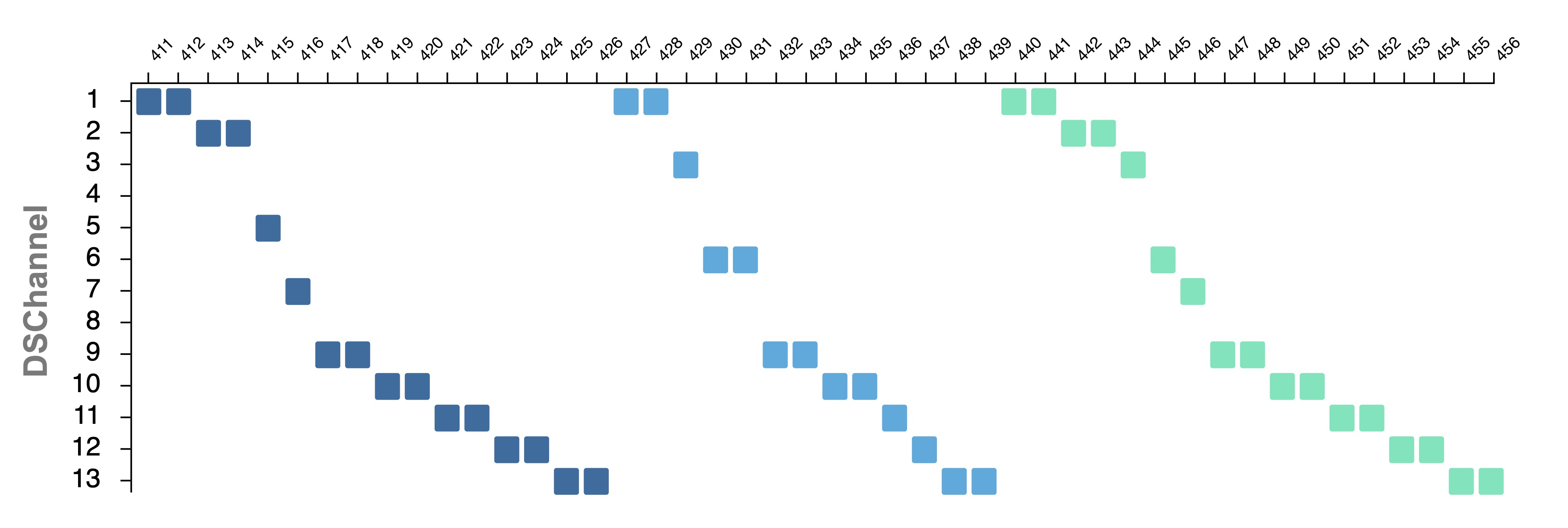Abstract
MAC randomization is a widely used technique implemented on most modern smartphones to protect user's privacy against tracking based on Probe Request frames capture. However, there exist weaknesses in such a methodology which may still expose distinctive information, allowing to track the device generating the Probe Requests. Such techniques, known as MAC de-randomization algorithms, generally exploit Information Elements (IEs) contained in the Probe Requests and use clustering methodologies to group together frames belonging to the same device. While effective on heterogeneous device types, such techniques are not able to differentiate among devices of identical type and running the same Operating System (OS). In this paper, we propose a MAC de-randomization technique able to overcome such a weakness. First, we propose a new dataset of Probe Requests captured from devices sharing the same characteristics. Secondly, we observe that the time-frequency pattern of Probe Request emission is unique among devices and can therefore be used as a discriminative feature. We embed such a feature in a two-stage clustering methodology and show through experiments its effectiveness compared to state-of-the-art techniques based solely on IEs fingerprinting. The original dataset used in this work is made publicly available for reproducible research.

